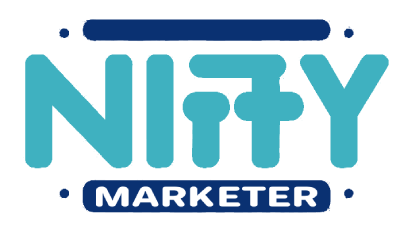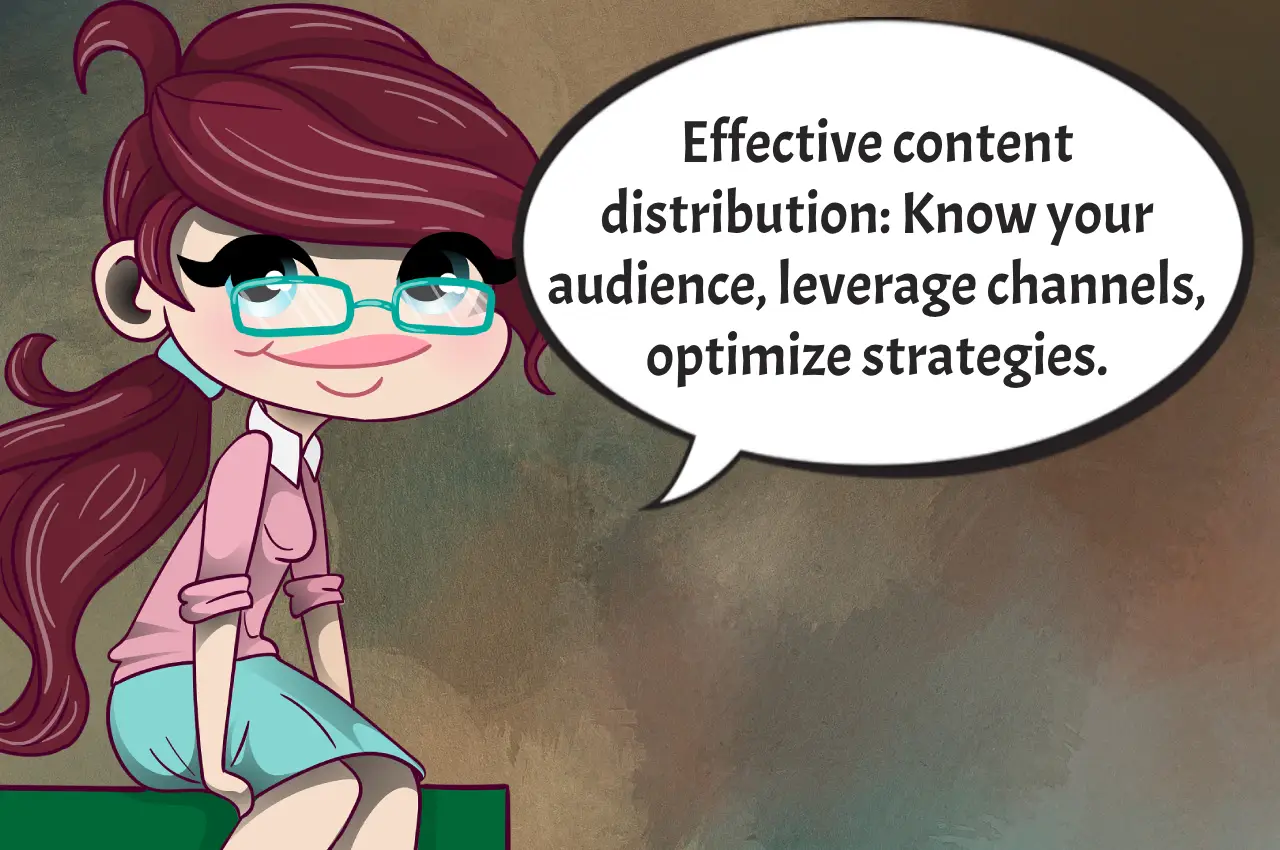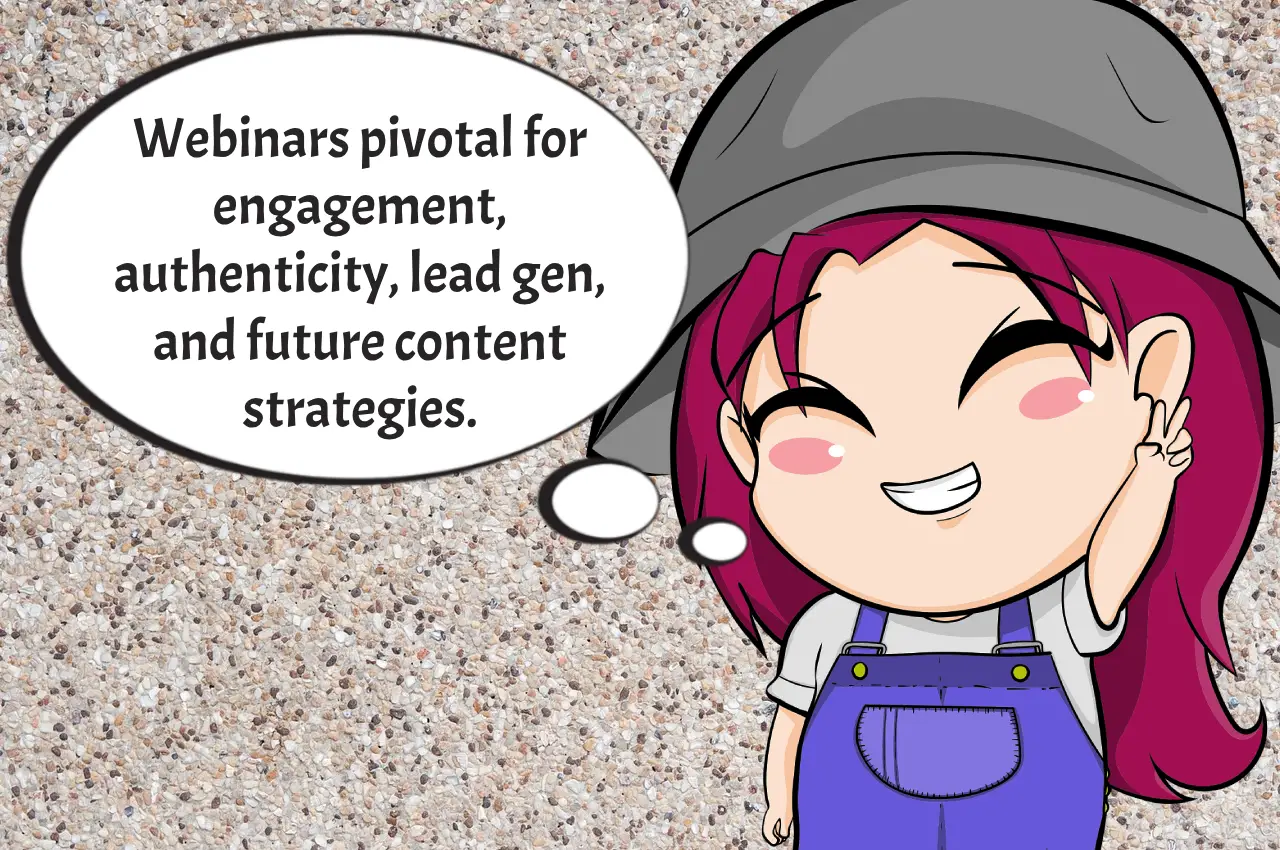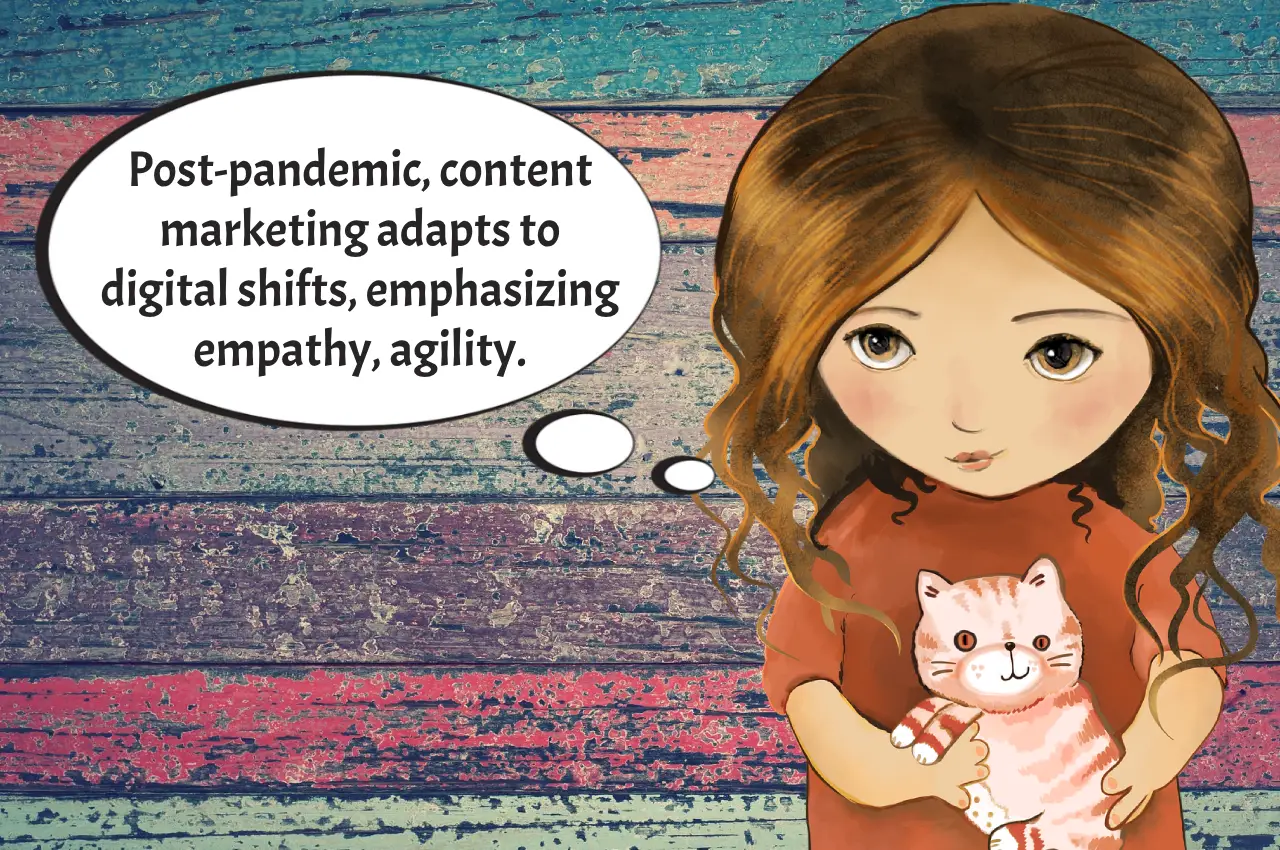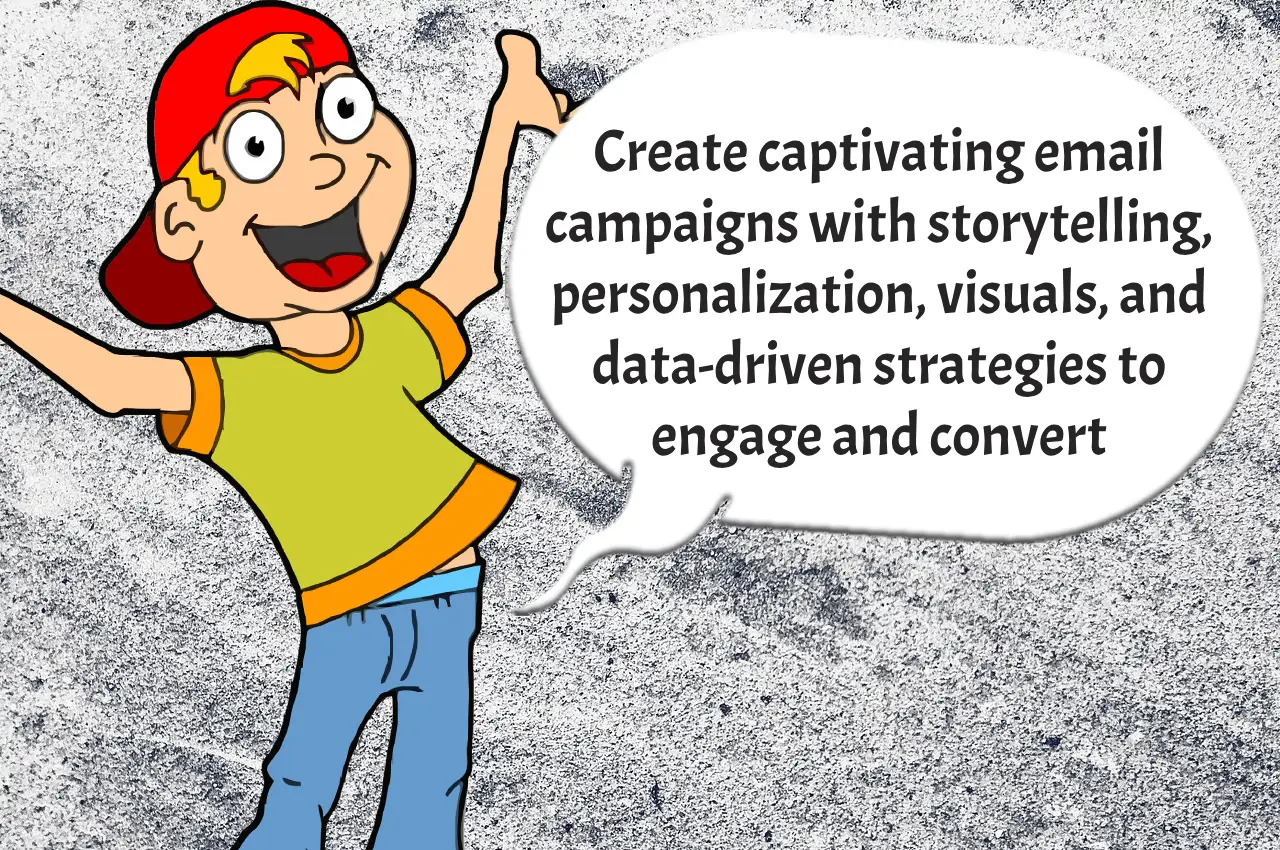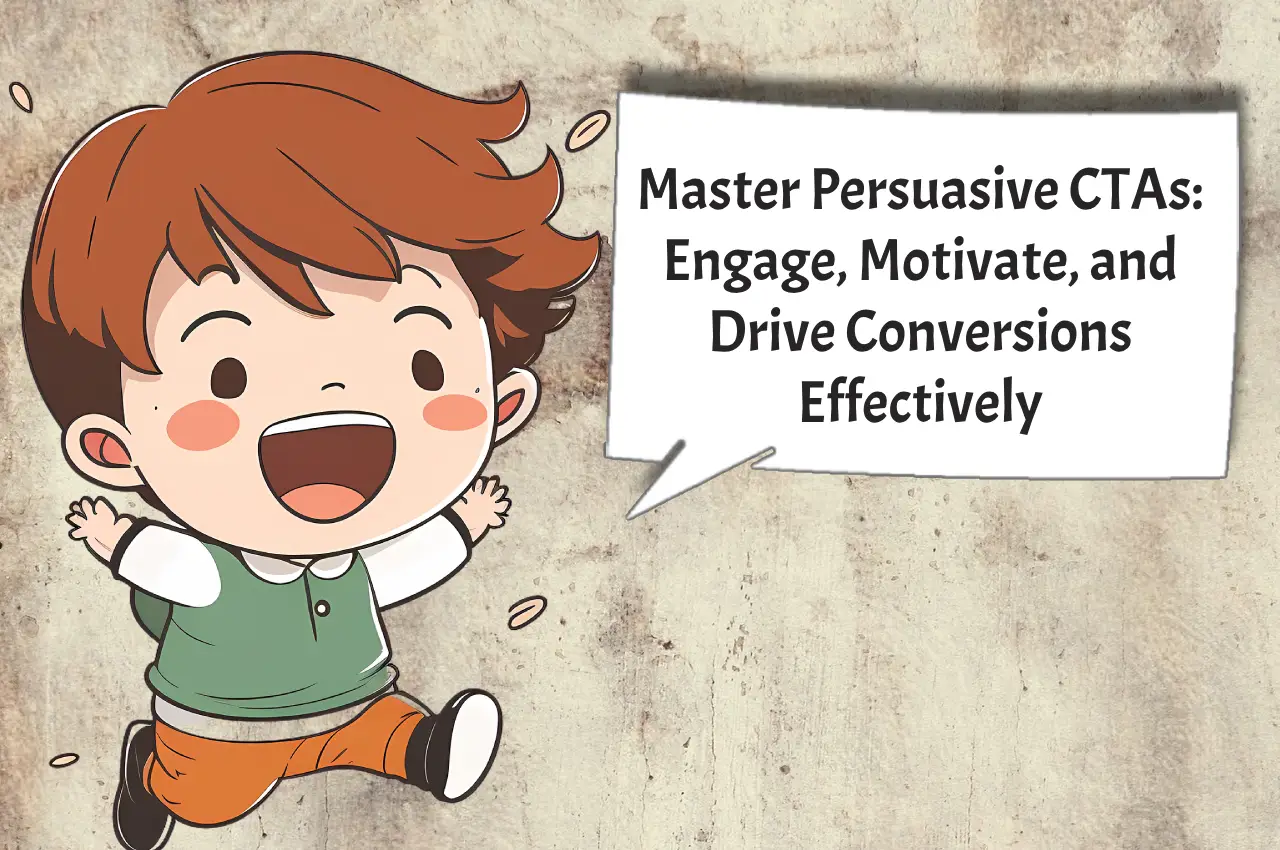Crafting content is only half the battle. The true challenge lies in getting it into the hands of those who need it most. In a digital age saturated with information, mastering content distribution is paramount for success. So, how can you ensure your message reaches your target audience effectively? Let’s dive in.
Understanding Your Audience
Before delving into distribution strategies, it’s crucial to understand your audience inside out. What are their pain points, interests, and preferences? By crafting content tailored to their needs, you’re more likely to grab their attention.
Imagine you’re a fitness enthusiast aiming to reach stay-at-home moms looking to incorporate exercise into their daily routine. Your content might focus on quick, effective workouts that fit seamlessly into a busy schedule. By understanding your audience’s challenges and aspirations, you can create content that resonates with them on a deeper level.
Leveraging Social Media Channels
Social media platforms are goldmines for content distribution. With billions of users worldwide, platforms like Facebook, Instagram, and Twitter offer unparalleled reach. However, simply sharing your content isn’t enough. You need to engage with your audience authentically.
Consider the case of a budding entrepreneur sharing insights on starting a small business. Instead of bombarding followers with promotional posts, they engage in meaningful conversations, offering valuable advice and answering questions. By building a genuine connection, they earn the trust and loyalty of their audience, making them more receptive to their content.
Harnessing the Power of Influencers
Influencer marketing has become a staple in the world of content distribution. Partnering with influencers who align with your brand can expose your content to a broader audience. However, it’s essential to choose influencers whose followers match your target demographic.
Take, for example, a skincare brand collaborating with a beauty influencer known for her honest product reviews. By featuring the brand in her content, she introduces it to her followers, many of whom share similar skincare concerns. As a result, the brand gains exposure to a highly relevant audience, increasing the likelihood of conversions.
Optimizing for Search Engines
In an age where Google reigns supreme, optimizing your content for search engines is non-negotiable. By incorporating relevant keywords, optimizing meta tags, and improving site speed, you can improve your content’s visibility in search engine results pages (SERPs).
Consider a travel blogger writing about budget-friendly destinations in Southeast Asia. By conducting keyword research and strategically incorporating terms like “budget travel tips” and “Southeast Asia backpacking,” they increase the chances of their content ranking higher in relevant search queries. As a result, they attract organic traffic from users actively seeking information on the topic.
Embracing Email Marketing
Email marketing remains one of the most effective tools for content distribution. By building an email list comprised of engaged subscribers, you have a direct line of communication to your audience’s inbox. However, to avoid ending up in the dreaded spam folder, it’s crucial to provide value with every email.
Imagine you’re a nutritionist offering personalized meal plans. By sending weekly newsletters packed with healthy recipes, nutrition tips, and success stories from clients, you keep your audience engaged and eager for more. As a result, when you promote your latest blog post or offer a special discount on your services, your subscribers are more likely to take action.
Measuring and Iterating
No content distribution strategy is complete without analytics. By tracking key metrics such as website traffic, social media engagement, and email open rates, you can gauge the effectiveness of your efforts. Additionally, A/B testing allows you to fine-tune your approach based on real-time data.
Consider a software company launching a new product tutorial series on YouTube. By monitoring viewer retention rates, likes, and comments, they gain valuable insights into which topics resonate most with their audience. Armed with this data, they can refine future content to better meet their audience’s needs and preferences.
In Conclusion
Mastering content distribution is an ongoing journey that requires constant adaptation and refinement. By understanding your audience, leveraging the right channels, and analyzing data, you can maximize the reach and impact of your content. So, what are you waiting for? Get out there and start connecting with your audience like never before.
